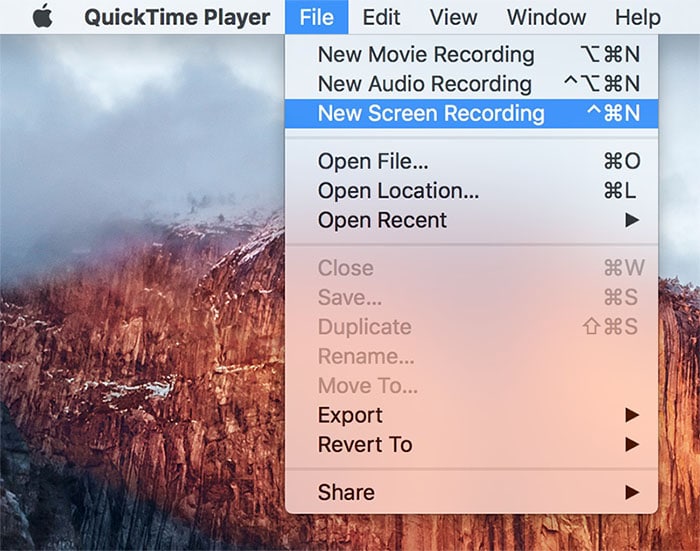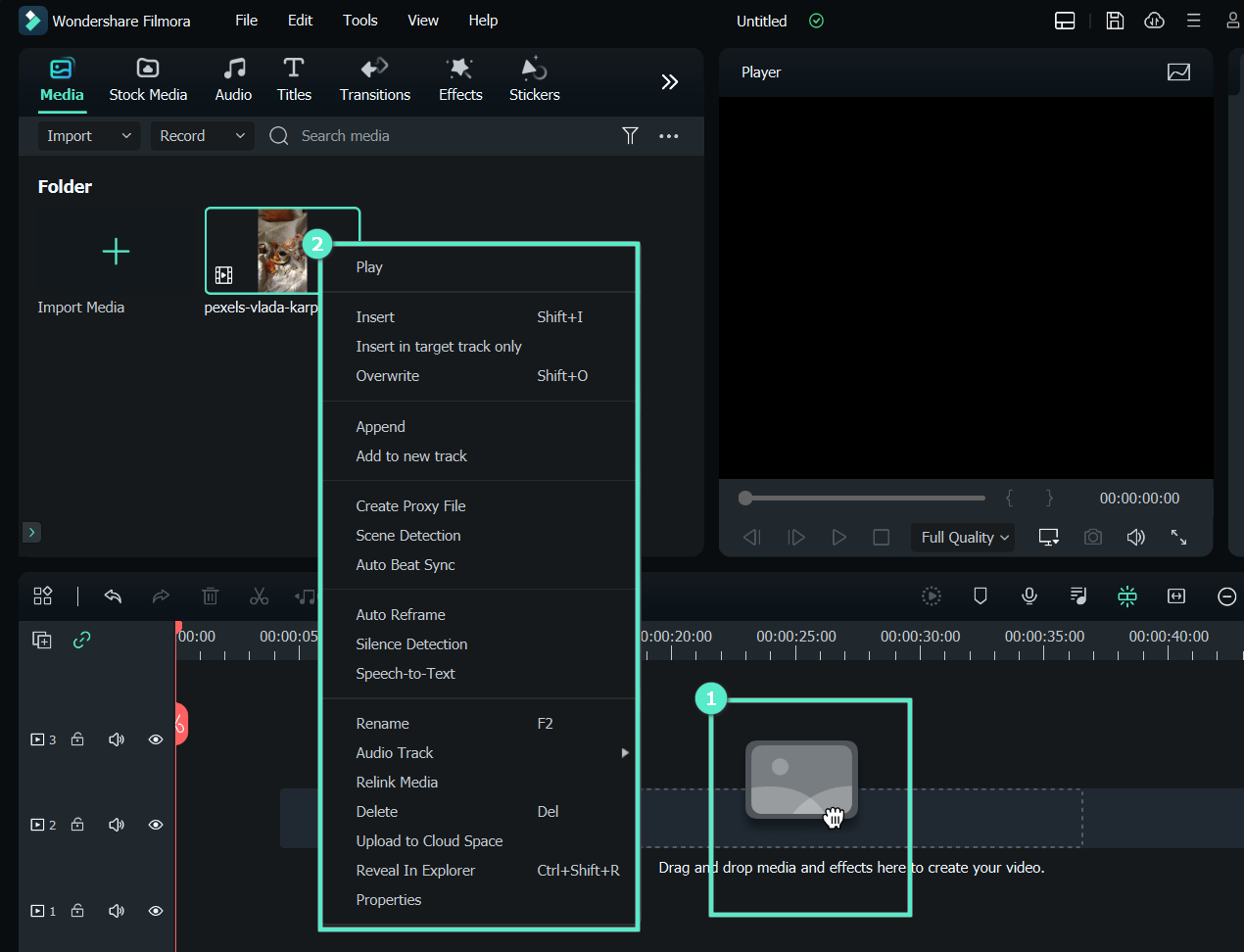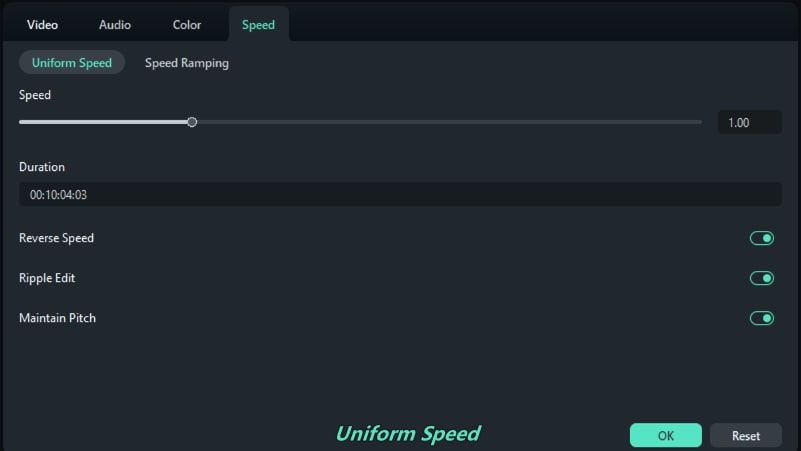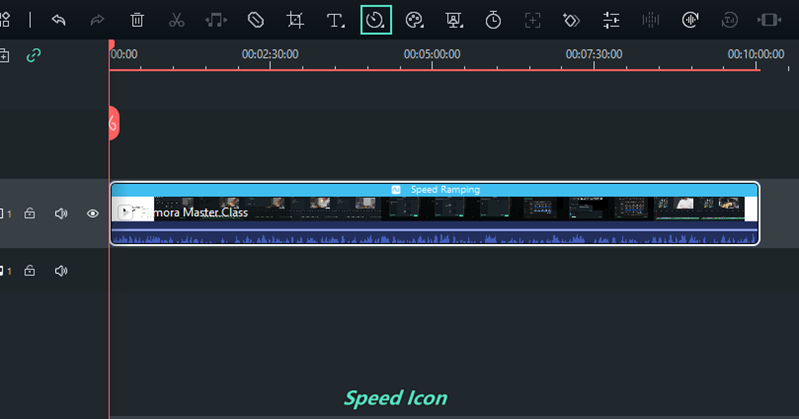The process of time-lapse speeds up the passage of time so that events seem to be happening faster. A time-lapse video is to create photos at regular intervals and assemble them into the video to record changes that would be slow for the human eye to see. Time-lapse video shows the technique of slow-motion videos using the same principle.
Time-lapse is usually for several purposes, but mostly it is utilized to show the passage of time in a fast-forward format. It means that the camera takes the picture and then combines them into one video that seems to show something happening quickly. The lapse is set into video form in post-production, so movie mode is not necessary. Once the lapse is finished, it's time to take it into post-production to bring it to life.
Content Table
- Precisely control video playback speed.
- Enhance time-lapse with stunning visual effects.
- Add background music effortlessly.
- Share on multiple platforms easily.
- Works on Mac, Windows, iOS, and Android.
Part 1. Use QuickTime Player to Create Time-lapse Video
QuickTime Player creates a high-resolution video file from a series of photos without having to render the photos twice. The result of QuickTime is a much higher quality result. With this toolkit, after the recording is done, the illusion of fast-moving footage, i.e., time-lapse, is to be created. QuickTime will always ask you what frame rate you would like to video in.
Steps to Create a Time-lapse Video with QuickTime Player:
To produce a time-lapse movie using QuickTime Player, follow these steps:
Step1Launch the Recording
By selecting the File * New Screen Recording option in QuickTime, you may record your screen. After choosing the region to record, your screen will start to be recorded. Real-time video will be captured, and it will be archived.

Step2Import the Files
Go to the File> Open Image Sequence menu after starting QuickTime. One of the video files you want to turn into a time-lapse should be opened in QuickTime Player. "Open File" may be found by clicking the File menu link in the menu bar.
Step3Create the Timelapse
Within QuickTime, the series of images will be turned into time-lapse films. Choose one picture from the series, and then change the settings as necessary. Use the Higher Quality Apple Pro Resolution video codec, Actual size resolution, and 25 frames per second.

Step4Export Your Video
Finally, you may access the Speed option by selecting Tools>Edit from the top menu's Imported section. At the conclusion, this will produce your time-lapse, and then choose Save under File. This will open a window where you can choose the codec you want to export it in.

Part 2. Create Time-lapse Video with iMovie
To make an iMovie time-lapse on Mac, you have to capture the video and create a time-lapse out of it. For a multiple-hour recording in a few seconds to be fit, you will need software of time-lapse. Time-lapse is utilized for accelerated or slow-motion videos with changes in the frame rate and playback videos at different speeds. The time-lapse software is available to handle the tasks without sacrificing the quality, size, and format of the video.
Step1Launch iMovie
On your Mac, launch the iMovie application, and then import the video clip from the library that you wish to use to create a time-lapse. Drag the video to the timeline. Then you may see additional frames in the timeline by clicking the settings bar below.

Step2Import videos and adjust
By clicking the icon that resembles a camera below the Viewer panel, drag images into the project library. Drag the desired images to the Project Library. By choosing File and then selecting Project Properties, you may modify the default settings. Set the first picture location to Fit Frame and the transition length to 1 second.

Step3Modify the Clips' Speed
Select it if you wish to alter the clip's pace. On the preview window's top toolbar, tap the clock symbol. You may pick "8x" for the default frame rate or "20x" for "Speed" > "Fast." In iMovie, the minimum time is 0.1 seconds or around 10 frames. As a result, you must first export the time-lapse sequence before speeding up the clip.

Step4Share the Video
Using the Share option at the bottom, you can then save, export, or share your slowed-down time-lapse film. Refer to the "Share" option to decide whether to store or immediately share the iMovie time-lapse.

Part 3. Turn Video into Time-lapse with Filmora
Time-lapse videos can be easily created using Wondershare Filmora, which is a very powerful video editing tool. The speed change feature of Filmora works well for time-lapse video editing. Filmora software can be used on both Windows and Mac platforms, which includes a wide range of video effects and filters. It allows you to produce and create amazing video creations from images or video clips.
Filmora is packed with a plethora of editing features that will make your time lapses more appealing. The color tuning feature can be used to adjust the white balance and dynamic range of the video clips. The advanced text editor allows you to edit the size, font, color, and even the animation of text. The feature of video stabilization eliminates the effects of camera shake. All in all, you can have an all-in-one editor to create your timelapse handily.
Advantages of Filmora Over QuickTime and iMovie
- Advanced Editing Features: Filmora offers robust editing tools, including multiple layers and keyframe animations for creative storytelling.
- Flexible Speed Control: Allows precise speed adjustments, enabling exact timing for dramatic effects.
- Rich Media Library: Extensive library of music, sound effects, and visual effects to enhance videos.
- User-Friendly Interface: Intuitive layout and drag-and-drop functionality make it accessible for all skill levels.
- Regular Updates and Support: Frequent updates based on user feedback ensure access to the latest features.
- Flexible Export Options: Supports various formats and resolutions, ideal for platforms like YouTube and Instagram.
- Support for High-Resolution Videos: Maintains quality in high-definition editing for stunning results.
- Community and Tutorials: A large community and numerous online tutorials facilitate quick learning and mastery.
Steps to Create a Time-lapse Video with Filmora:
Step1Launch Filmora Editor
Download the program and launch Filmora in full feature mode. Drag and drop the video clip into the application after selecting the Import option from the software's menu. Drag the imported video clip to the timeline below, as seen in the figure above.

Step2Setup the Footage Speed
To adjust the speed, drag the video clip into the timeline by clicking twice, and then slide the speed tool to the desired speed for your time-lapse. The speed is changed to be 100 times faster.

Step3Render the Timelapse
The Render Timeline button is recognized by the window's preview when you click it to guarantee the speed changes your clip has to be adjusted to. You would take off the audio that was in the original video. Utilizing the image's visible volume tool button, change the volume and then render it again by hitting the render icon as shown here:
Step4Edit the Video
To change the perspective of the video to wherever you want it, click right on the video clip on the timeline and choose Crop & Zoom, followed by Pan & Zoom. Additionally, you may add text using the text and title tool that is already built-in, add music using royalty-free music files or apply filters and other features.

Step5Share your Timelapse
As you can see, you can drag and drop the pre-built templates from the library onto the timeline. Next, click the Export button at the top to start exporting. Filmora's features include support for 4K editing, GIF compatibility, noise reduction, color tuning, a sophisticated text editor, an audio mixer, video stabilization, scene identification, and audio equalization.
Conclusion
Time-lapse is a video editing technique in which the speed is lower and the frequency of video and pictures. A time-lapse software, Filmora is a video editor that lets you create a smooth time-lapse where time appears to be passing quickly. This app is very helpful to create a video on time-lapse, making the appearance in the series of quick succession about a long-term or period to denote something that happens over a long period.



 100% Security Verified | No Subscription Required | No Malware
100% Security Verified | No Subscription Required | No Malware

